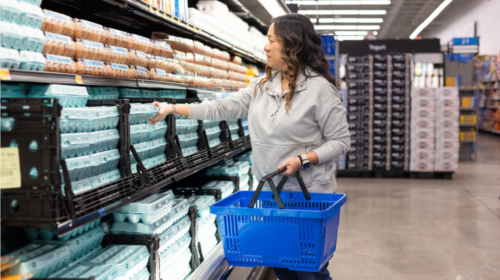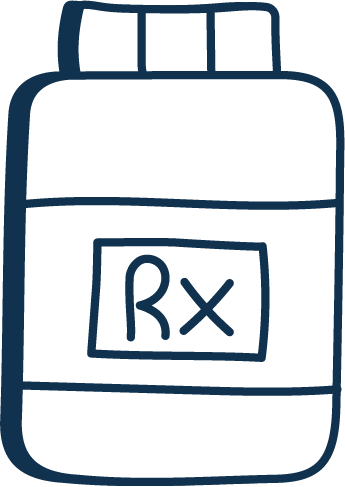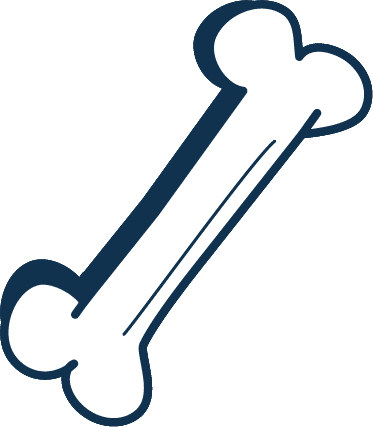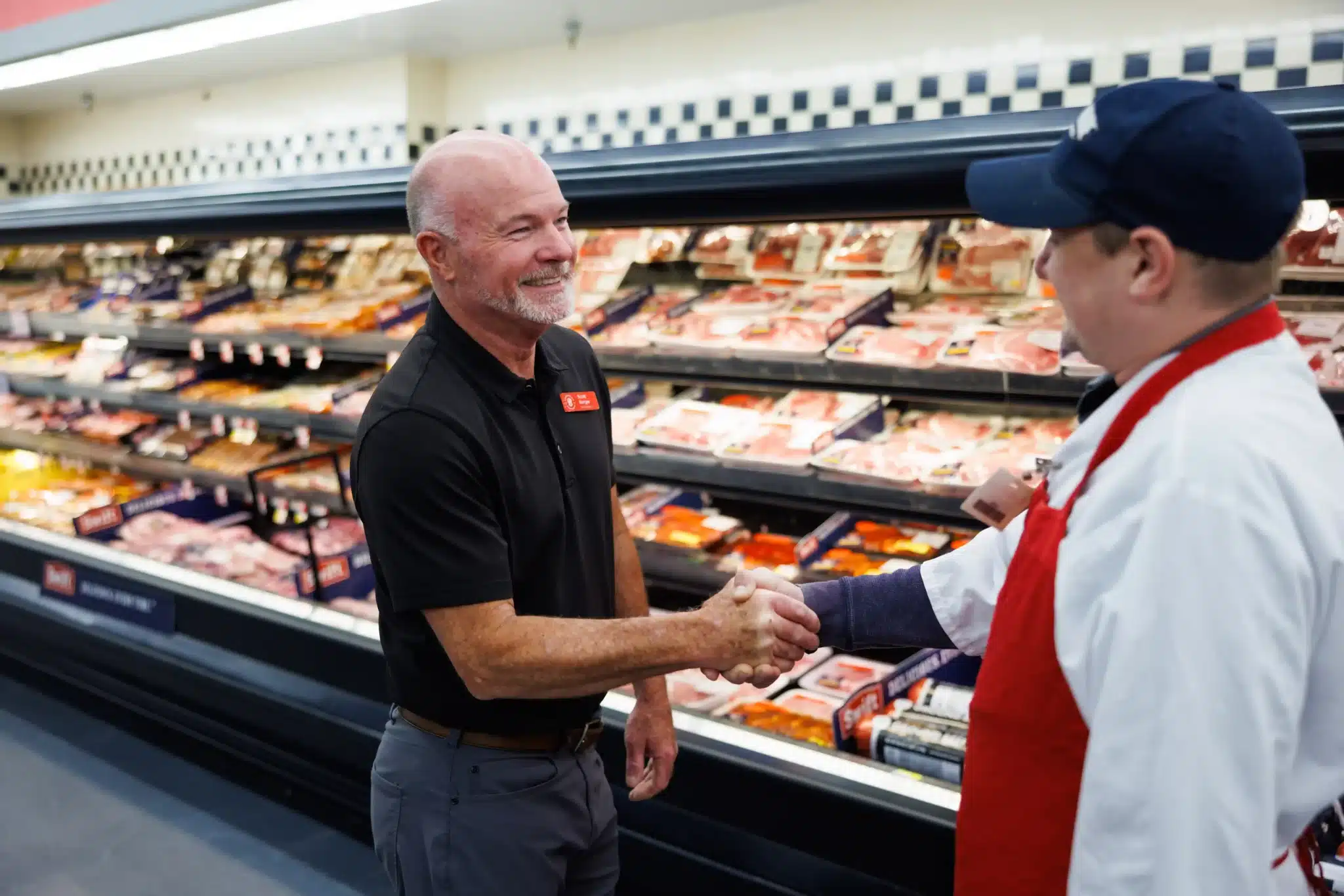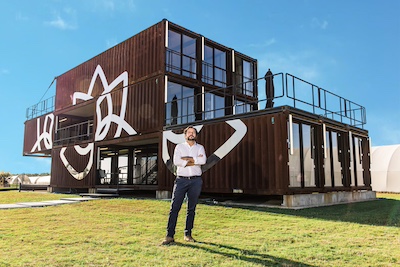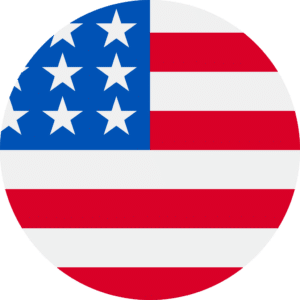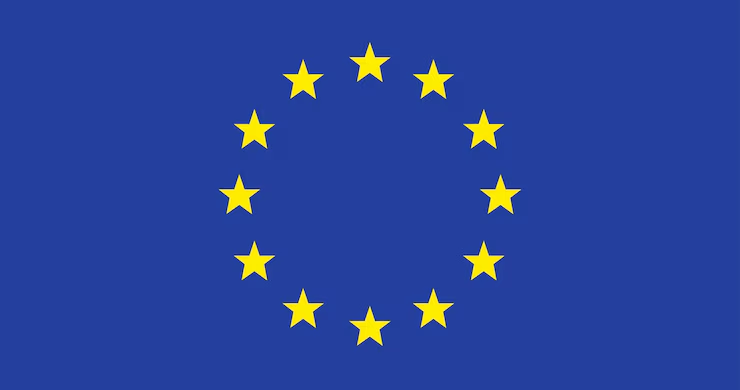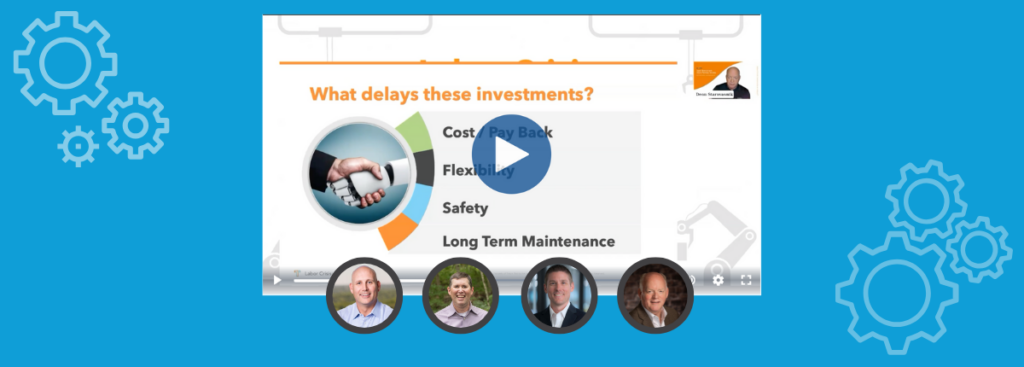FSMA 204: How are the new regulations impacting supply chains?
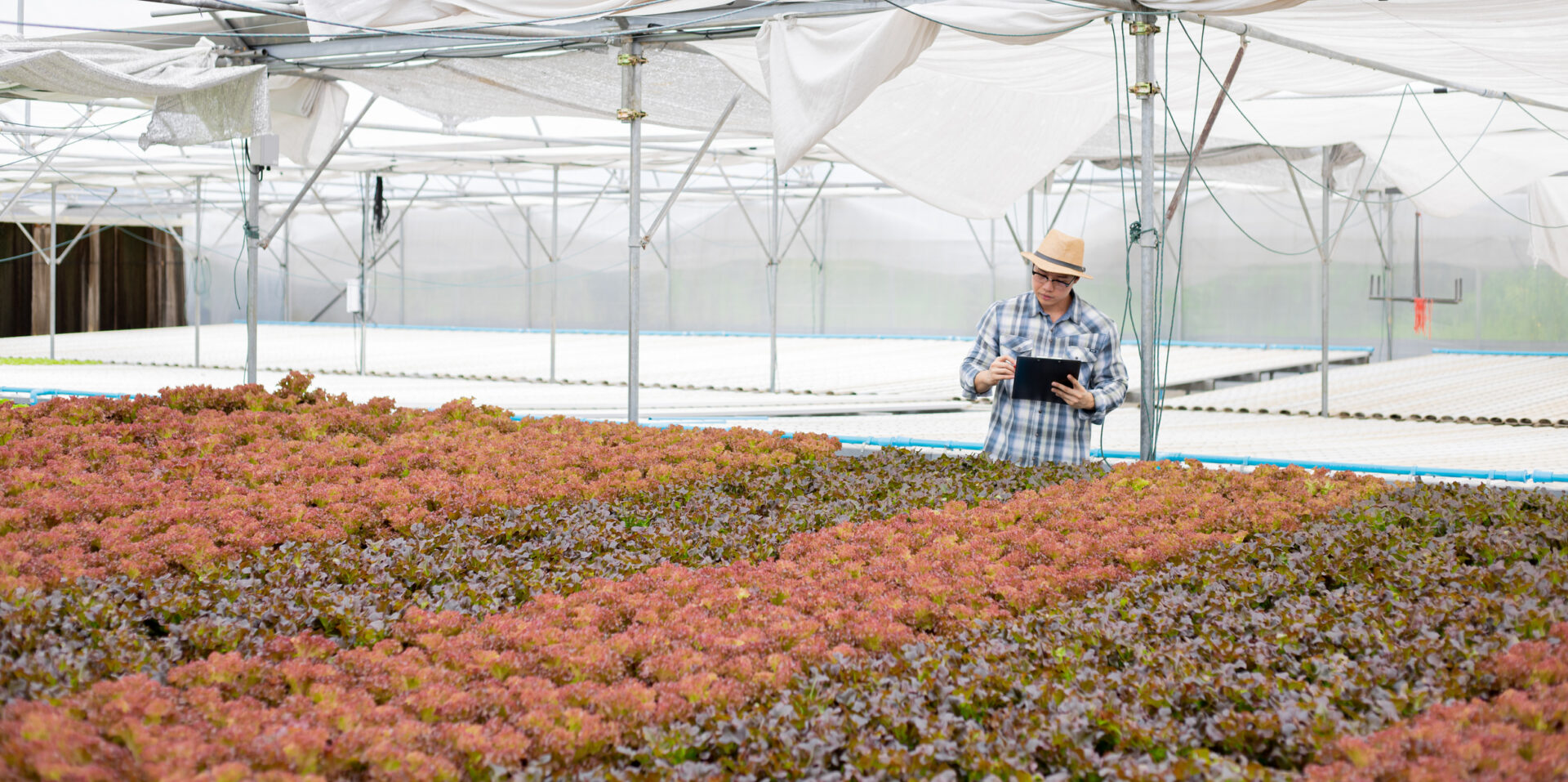
In this mini-webinar, Tosca’s Global Head of Sustainability Karin Witton speaks to the direct and indirect impacts of FSMA 204 on the supply chain. FSMA 204 is driving significant changes in how leaders measure and manage their supply chains—including how they collect and store data.
Want an in-depth guide to FSMA 204? Check out our FSMA 204 blog >
Full transcript:
Karin Witton: It’s being able to help the whole supply chain and understand better around food damage and food losses.
Hi, I’m Karin Witton. I’m the head of sustainability for Tosca. So FSMA is the Food Safety Modernization Act. The U. S. FDA wanted to make sure that there was a mechanism in place to rapidly respond, to know where the source of the infection was coming from or the foodborne. illness was coming from. So everyone has to know, identify the location, they have to have a lot number, traceability, lot code as well.
The food traceability list has a long list of items that really are important to be tracked and traced because those are the sources of a lot of foodborne illnesses in the past. So things like soft cheeses. There’s shelled eggs, there’s leafy greens, so those chopped [00:01:00] salads that are bought, there’s food, seafood, and fish.
Take the happy lettuce. So the lettuce is in the field. We have to know where, you know, when that’s put in the first container to go to a processing plant, for example. That has to have some kind of record on it, be it a QR code or some identifier to say it came from this particular location. When it gets to that wash plant, Oh, that chopping plant, it will then have that same code or maybe an additional code that goes on it to say, okay, it came from this field and then it came from this particular wash plant.
That code doesn’t necessarily have to go into the bag where that chopped salad goes into, but it does have to be able to be transferred to the next person in line. So they have a record to align their code with that code, and that’s, then it goes through the, through the chain. The basis of it is to be able to trace in the event of a food outbreak.
But it does play a part in that transparency. And it also [00:02:00] can progress to better food quality. While it may be an added burden in one place, it could actually be beneficial. So in the old days, all of these lettuces that came from this particular Company have to go because we don’t know which one so all of that would go to waste.
All of that effort, the emissions, the water, the chemicals, the fertilizers, the transportation that was involved in getting that to shelf, all of that is wasted once that system is up and running, it means that in the long run, they’ll benefit from it because now they’re not losing all of their product.
They’re not losing all of that money. They’re not losing all of the impacts to the environment, etcetera. It’s much, much reduced and much more focused on specific smaller piece. So, having the ability to have that traceability code plays a part in that, along with other traceability improvements. We have the ability to, to say, okay, what happened to that in transit?
You know, what temperatures of the fluctuations was it exposed [00:03:00] to? Or what, you know, shock was it exposed to? It’s transparency, but I think it’s also able to help the the whole supply chain and understand better around food damage and food losses. When you look visibly and you see a corrugated box that’s got, you know, eggs in it or it’s got lettuces in it and it’s squashed, you inherently know that there’s a loss there, but how much and what the data is behind it is not necessarily.
The fact that you’ve got this data now means that it can help you in your decision-making in terms of moving from maybe a packaging system that isn’t supporting or isn’t protecting your products as well into a more rigid approach. People look at how much is a crate versus a corrugated box. They don’t think about all of the additional costs associated with quality reduction and food loss.
And this whole, you know, the ability to track and trace provides a more robust data around that to make those [00:04:00] decisions.

